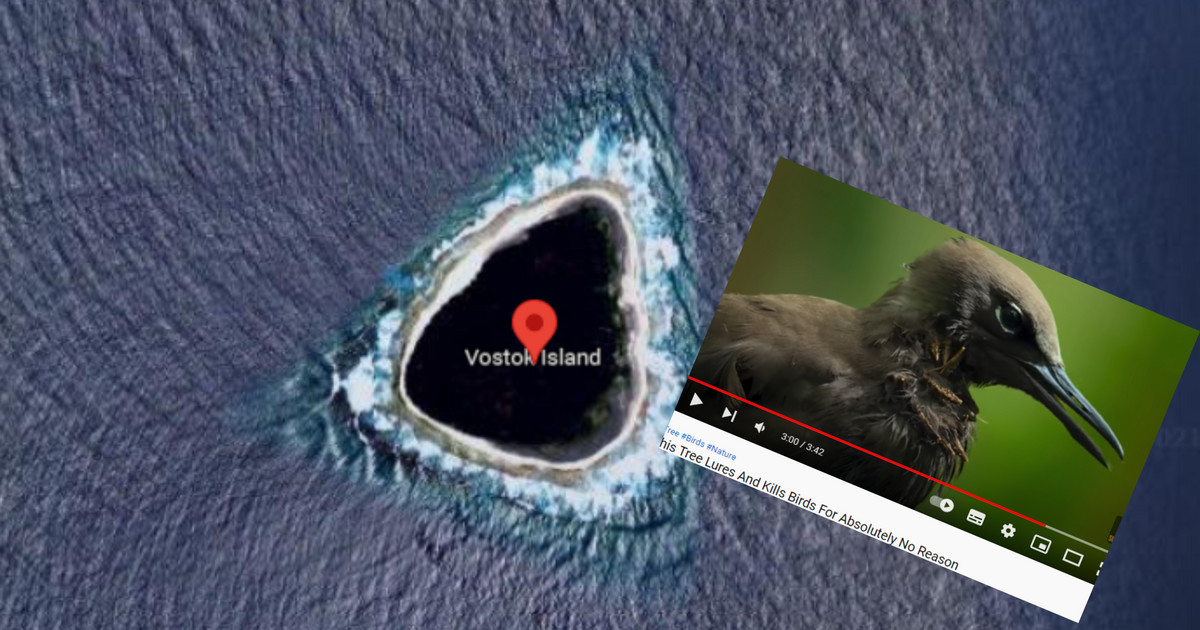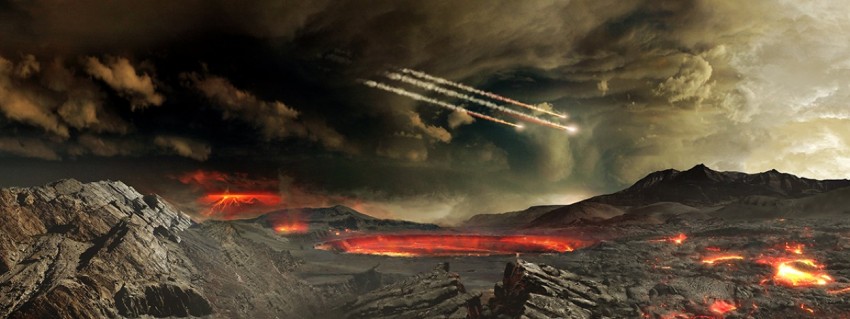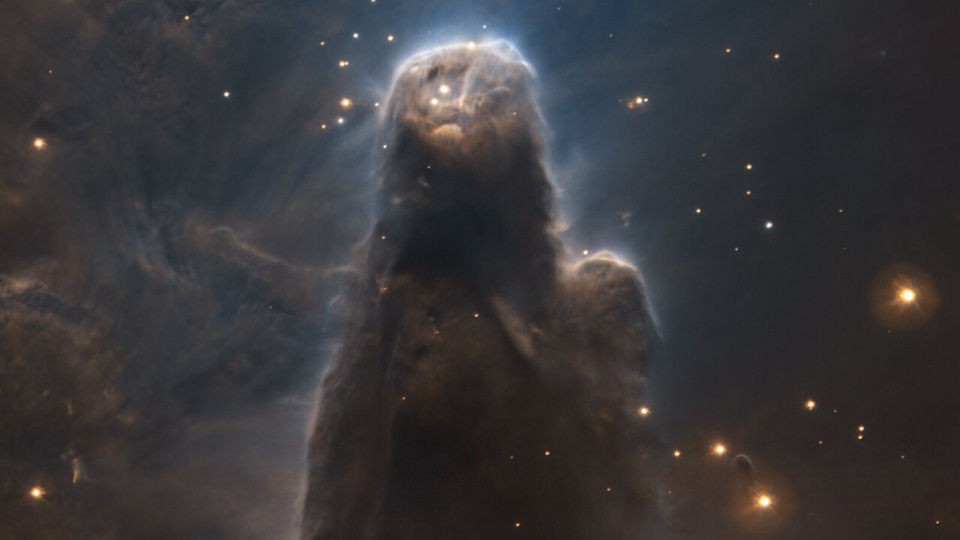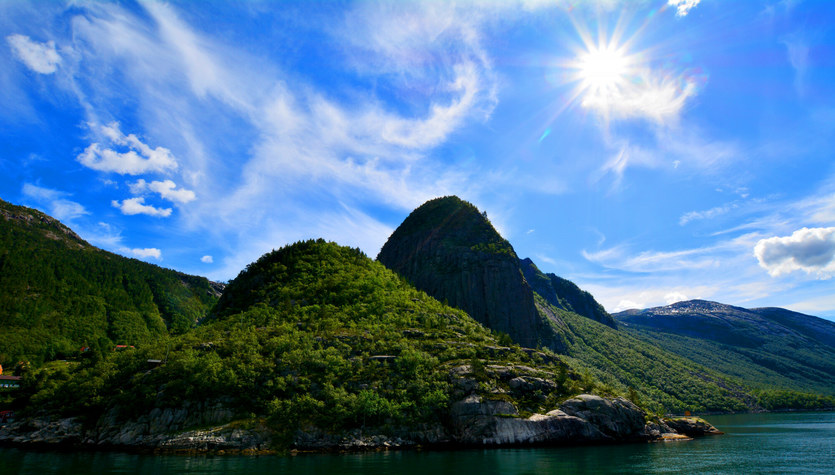Europa is Jupiter’s fourth-largest moon, one of its 92 natural moons. It is also the sixth largest moon in the solar system. This ice ball is larger than the dwarf planet Pluto but slightly smaller than Earth’s moon. Very cold weather prevails on the surface of Europe, where the average temperature reaches 170 degrees Celsius below zero.
Astronomers believe that Europa hides a huge ocean under its icy crust. Thanks to the temperature coming from the moon’s interior, the oceans may have the right conditions for complex chemical reactions. On the other hand, analyzes of data from the Galileo and Cassini probes showed the activity of geysers on this icy moon. This was also confirmed by observations with the Hubble Space Telescope. The researchers observed the appearance and disappearance of clouds, and possibly water vapor (more on this in the text: Water vapor detected in Europe’s thin atmosphere). The geysers are so large that their plume can reach 200 km.
For this reason, Europa is one of the most promising worlds in the solar system to search for extraterrestrial life. Although this moon is much smaller than Earth, its ocean may contain twice as much water as our planet’s seas combined. Furthermore, research conducted two years ago found that Europa may still be ablaze with volcanic activity, and that the moon’s floor may be dotted with volcanoes and hydrothermal vents. This discovery fuels speculation about the possibility of microbial life on Europa, because various life forms occur around Earth’s hydrothermal vents, despite the harsh conditions. However, the subsurface ocean is covered by an ice crust several or even tens of kilometers thick, which makes ocean sampling very difficult.
Now astronomers, using data collected by the James Webb Space Telescope, have been able to identify carbon dioxide in Europa. Scientists indicate that its source most likely comes from the subsurface ocean.
The results and description of the research were published in two publications in the journal Science (DOI: 10.1126/science.adg4155; DOI: 10.1126/science.adg4270).
– Life on Earth loves chemical diversity – the more diversity, the better. We live on coal. Understanding the chemical composition of Europa’s ocean will help us determine whether it is uninhabitable for life as we know it or whether it is a good place for it, said Jeronimo Villanueva of NASA’s Goddard Space Flight Center, lead author of one of the published papers. In science.
We have observational evidence that the carbon we see on Europa’s surface comes from the ocean. This is no small thing. Carbon is a biologically important element, added Samantha Trumbo of Cornell University, lead author of the second publication.
The largest concentration of carbon dioxide that scientists have discovered is in an area called Tara Reggio, a geologically young area where the ice surface has eroded and materials are likely being exchanged between the subsurface ocean and the ice surface. It is not entirely clear what happened in this area. One idea is that warm water rises from the ocean, causing surface ice to melt, and then freezes again over time, creating new geological terrain.
– Previous observations from the Hubble Space Telescope indicate the presence of salt in the area around Tara Reggio (more about this in the text: Table salt was discovered on the surface of Europe). Now we see that there are also high concentrations of carbon dioxide. This means the source of the carbon may be in the subsurface ocean, Trumbo explained.
The carbon dioxide identified on the surface of Europa is unstable. Therefore, scientists believe that it appeared on the surface of the moon in a relatively recent period, which is confirmed by its concentration in a geologically young area.
“The discovery of carbon dioxide in salt-rich areas of Europa’s icy crust suggests that the carbon dioxide comes from the ocean below, rather than from external sources such as meteorites,” said Kevin Hand, an astrobiologist at NASA’s Jet Propulsion Laboratory and co-author. From one of the papers. He added: “Life as we know it loves to eat and breathe carbon dioxide, so the suggestion that Europa’s ocean may contain an abundance of carbon dioxide bodes very well for the possibility of life there.”
On April 14 of this year, the JUICE (Jupiter Icy Moon Explorer) probe was launched into space. Its target is Jupiter and several of its moons – Ganymede, Callisto and Europa. The mission will investigate the physical and chemical properties of these worlds, including whether conditions could exist on the icy moons of gas giants. Europe is of particular interest to astrobiologists. The satellite will cover a distance of 600 million kilometers and will be in Jupiter’s orbit in 2029. JUICE will conduct observations for at least three years.
In turn, the Europa Clipper mission is scheduled to launch in October this year, whose goal will be to conduct an in-depth research of the icy moon. The spacecraft will carry nine scientific instruments, including cameras and spectrometers for high-resolution imaging of the lunar surface, a magnetometer to measure the strength and direction of the magnetic field, and ice-penetrating radar to determine the thickness of the ice crust above it. Ocean. During its mission, the spacecraft will make 40 to 45 passes over Europa, examining the moon’s icy crust and subsurface ocean, and providing the data needed to assess Europa’s environment.

Echo Richards embodies a personality that is a delightful contradiction: a humble musicaholic who never brags about her expansive knowledge of both classic and contemporary tunes. Infuriatingly modest, one would never know from a mere conversation how deeply entrenched she is in the world of music. This passion seamlessly translates into her problem-solving skills, with Echo often drawing inspiration from melodies and rhythms. A voracious reader, she dives deep into literature, using stories to influence her own hardcore writing. Her spirited advocacy for alcohol isn’t about mere indulgence, but about celebrating life’s poignant moments.








